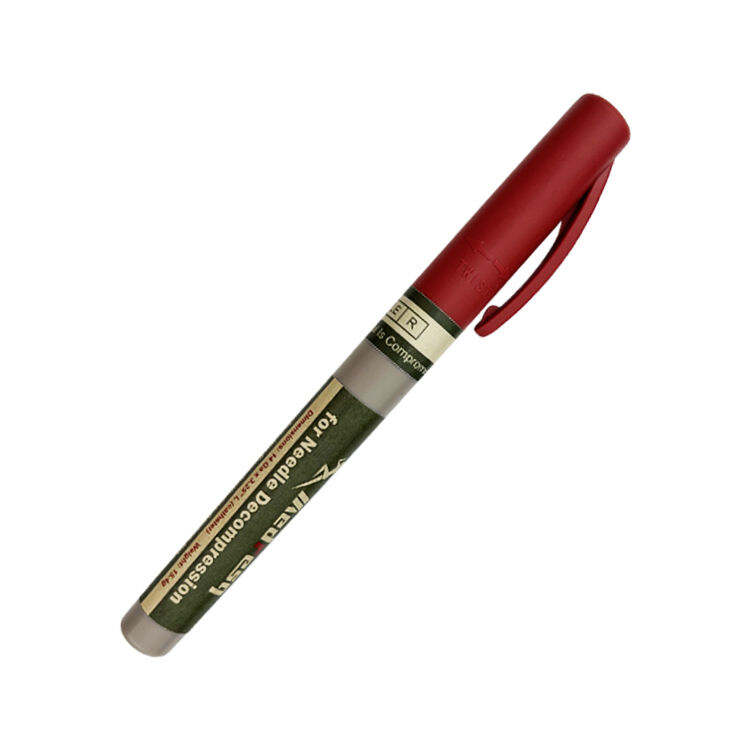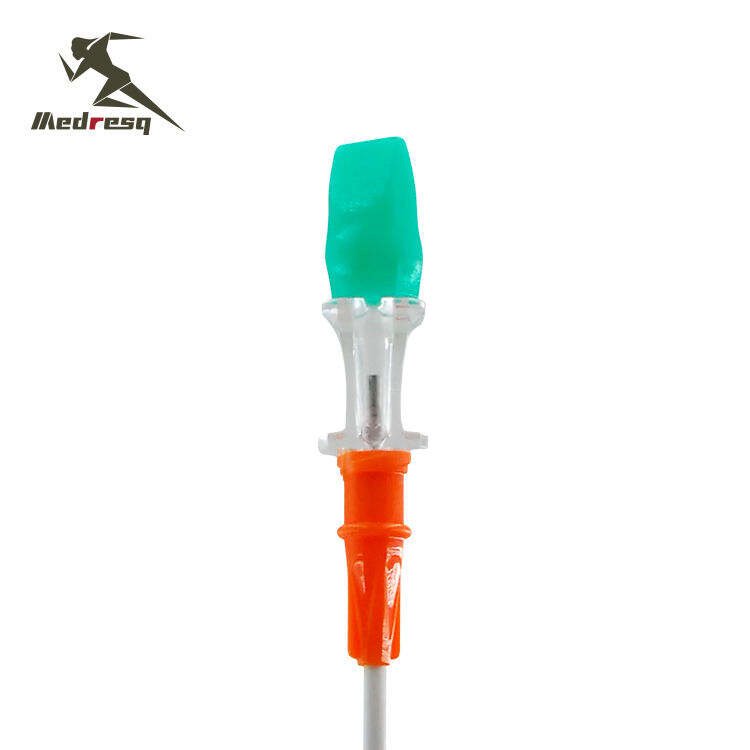Tension pneumothorax is the one that is life threatening since it is related to the introduction of air to the pleural space that becomes trapped and causes the increase of pressure in the intrathoracic space that causes the lungs to collapse. This may cause the reduction of the flow of the blood towards the heart which will cause cardiovascular collapse. Some of the steps that can be adopted in order to remove the pressure are the needle decompression. The procedure and the tools they are supposed to use are yet another thing that every individual working with emergency medical services, or in trauma care, needs to know.
Anatomical Landmarks for Safe Chest Needle Insertion
Appropriate anatomical landmarks would be defined in order to determine appropriate anatomical landmarks to make the procedure of needle decompression safe. The provision of insertion of needles has been done in the past on the basis of the second intercostal space in the midclavicular line on the affected area of the chest. The place diminishes the risk of the damage to powerful blood vessels and inner organs. This is a step-by-step detail of how to ascertain the site of insertion:
1.Locate the Clavicle: To find the clavicle, first locate the horizontal bone in the lower-front part of the rib cage that lies on the skin; that is the clavicle.
2.Find the Midclavicular Line: This is a made up line that goes straight down in the midpoint of clavicle.
3.Identify the Second Intercostal Space: Go down the clavicle and identify the second rib. And the space between this and the next rib is the second intercostal space.
4.Considerations for Accuracy: The fourth or fifth space may be chosen at the anterior axillary line in those situations where individual anatomical variations or chest size lead practitioners to disregard early in life; the fourth or fifth space is typically considered in military or pre-hospital areas where speed of judgments is an essential element.
These landmarks are important to identify correctly in order to prevent complications associated with their tampering like in case with the intercostal nerves or arteries and guarantee successful alleviation of tension pneumothorax.

Comparing ARS Needles vs. Traditional Decompression Kits
The tools of emergency intervention are on the rise with the improved medical technology. Original decompression kits are made up of large-bore needle, commonly 14-gauge whereas needle or cannula can be used to penetrate the wall of the chest efficiently. But Adequate Reach Systems (ARS) needles have also come up as an alternate to this and have their own set of features and demerits. In this case, we are comparing ARS needles with old time kits:
ARS Needles:
1.Design and Length: ARS have a long needle (typically 8 cm) very specifically designed to work in the chest (with a larger capacity of covering the range of chest wall thick mobilities) this is especially handy under patients with a bigger build or more adipose tissue.
2.Effectiveness: They have a design that would help them achieve the pleural space with consistency to decrease the possibility of a failure in penetrative decompression.
3.User-Friendly: ARS needles have the advantage that they can have flash lights or integrated pressure sensors to ensure that entry into the pleural space is made.
4.Cons: On the one hand, the ARS needles have a lot of advantages, as they are longer and have other features. On the other hand, it may be more costly, and in some emergency services, it may be not such an affordable choice, particularly, when it comes to emergency services operating within a budget.

Traditional Decompression Kits:
1.Availability and Cost: Traditional kits are cheap hence popular in many medical settings including the less affluent ones.
2.Variety and Experience: Having been in use for longer periods, there exist many variations in terms of design and specifications and medical practitioners have a wide variety as they get to choose according to their preference or depending on the situation at hand.
3.Cons: The standard size of conventional needles may prove inadequate in people who have a thick chest wall, thus poor decompression would occur in case the needle fails to enter the pleural space adequately.
Even though both of the devices serve the same leading purpose decompressing the needle, choosing between them depends on such aspects as the structure of the patient, the level of expertise of the practitioner and the resources.
Conclusion
The needle de-consumption stress is a primary technique and procedure in the management of pneumothorax where time is essence in all landscapes. And whatever type of decoration kit is used or new ARS needles are used, it is relevant to know the sites in anatomically and know what the equipment can do and/or cannot do it safely and properly to do the process. In the field of medical technology, there is a possibility of increasing the activities of saving these lives in greater development and therefore the resulting effect can be directly directed to a patient who is placed in such a serious condition.
 EN
EN
 FR
FR
 DE
DE
 IT
IT
 JA
JA
 KO
KO
 RU
RU
 ES
ES
 AR
AR
 BG
BG
 HR
HR
 DA
DA
 NL
NL
 FI
FI
 EL
EL
 NO
NO
 PL
PL
 PT
PT
 RO
RO
 SV
SV
 TL
TL
 ID
ID
 SR
SR
 UK
UK
 VI
VI
 SQ
SQ
 TH
TH
 TR
TR
 AF
AF
 MS
MS
 CY
CY
 IS
IS
 HY
HY
 AZ
AZ
 KA
KA
 MN
MN
 MY
MY
 KK
KK
 UZ
UZ
 CS
CS



